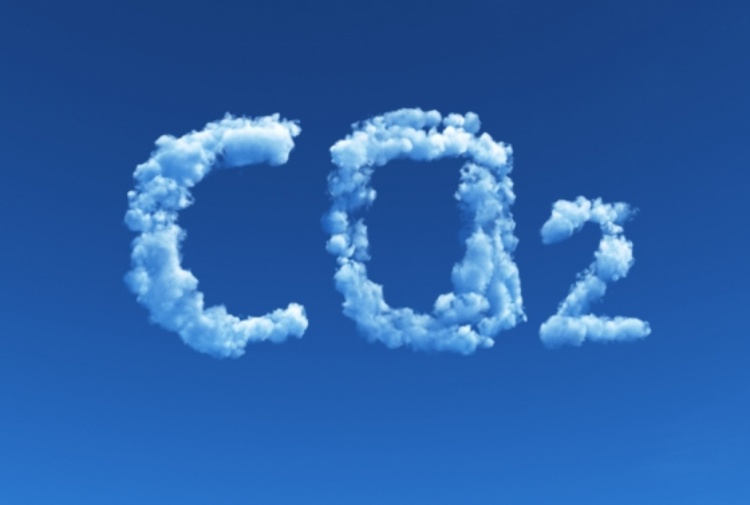The CO2 problem? Innovative technology can overcome it

Scientists from the Tokyo Institute of Technology have developed a polymer-based photocatalyst for CO2 reduction that exhibits unprecedented performance. Made with abundant elements and requiring no complex post-synthesis treatments or modifications, it could pave the way for a new class of photocatalysts to efficiently convert CO2 into useful chemicals.
The idea is to convert CO2 into useful chemicals, such as carbon monoxide (CO) and formic acid (HCOOH). In particular, CO2 photocatalytic reduction systems use visible or ultraviolet light to drive CO2 reduction, just as plants use sunlight to conduct photosynthesis. In recent years, scientists have presented many sophisticated photocatalysts based on metal-organic structures and coordination polymers (CPs). Unfortunately, most of them require complex post-synthesis treatments and modifications or are made up of precious metals.
In a recent study published in ACS Catalysis, the Japanese research team found a way to overcome these challenges. Led by specially appointed assistant professor Yoshinobu Kamakura and professor Kazuhiko Maeda of the Tokyo Institute of Technology (Tokyo Tech), the team developed a new type of photocatalyst for CO2 reduction based on a CP containing lead-sulfur bonds (Pb -S). Known as KGF-9, the new CP consists of an infiniti n structure (-Pb-S-) with properties unlike any other known photocatalyst.
For example, the KGF-9 has no pores or voids, which means it has a low surface area. Despite this, however, he achieved a spectacular photo-reduction performance. Under visible light irradiation at 400 nm, the KGF-9 demonstrated an apparent quantum yield (product yield per absorbed photon) of 2.6% and a selectivity of over 99% in reducing CO2 to formate, salt formic acid with the formula HCOO-, which can be the basis of a multiplicity of organic compounds.
Prof. Maeda stated: “These values are the highest reported so far for the reduction of CO2 to HCOO- by a one-component, precious metal-free photocatalyst. Our work could shed light on the potential of non-porous CPs as building units for photocatalytic CO2 conversion systems ”.
In addition to its remarkable performance, the KGF-9 is easier to synthesize and use than other photocatalysts. Since the active sites of Pb (where CO2 reduction occurs) are already “installed” on its surface, the KGF-9 does not require the presence of a co-catalyst, such as metal nanoparticles or metal complexes. It also requires no other post-synthetic modifications to function at room temperature and under visible light illumination. We are practically able to partially recreate the photosynthesis process by absorbing CO2 and obtaining, in exchange, raw materials useful for the chemical industry.
The Tokyo Tech team is already exploring new strategies to increase the KGF-9's surface area and further improve its performance. As the first photocatalyst with Pb (II) as an active center, there is a good chance that the KGF-9 will pave the way for a more economically feasible CO2 reduction. In this regard, the research team concluded: "We believe that our study offers an unprecedented opportunity for the development of a new class of cost-effective photocatalysts for CO2 reduction, consisting of abundant elements of earth."
This news represents a turning point for the catalyst industry. First of all, lead, or lead, is a catalyst, which is a surprise in itself. Then there are no precious metals involved. And the whole thing is tied to a polymer! This may be a game changer for CO2 absorption technologies that could solve the problem in the future.

Thanks to our Telegram channel you can stay updated on the publication of new articles of Economic Scenarios.
The article The CO2 problem? An innovative technology can overcome it comes from ScenariEconomici.it .
This is a machine translation of a post published on Scenari Economici at the URL https://scenarieconomici.it/il-problema-del-co2-una-tecnologia-innovativa-puo-superarlo/ on Fri, 07 Oct 2022 06:00:06 +0000.

